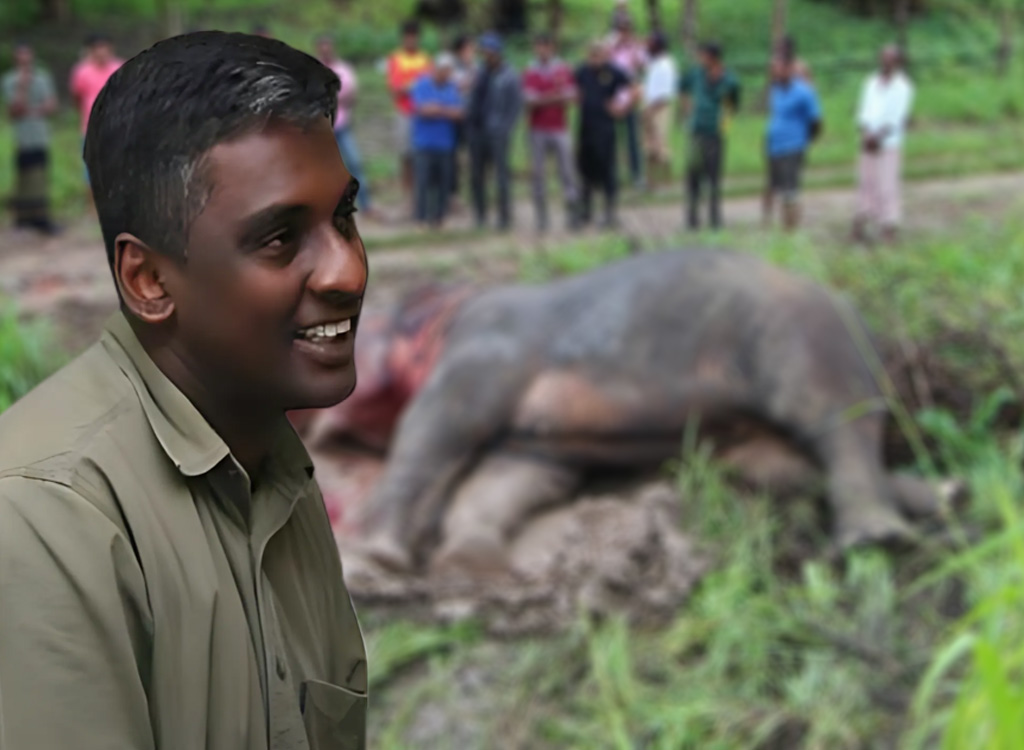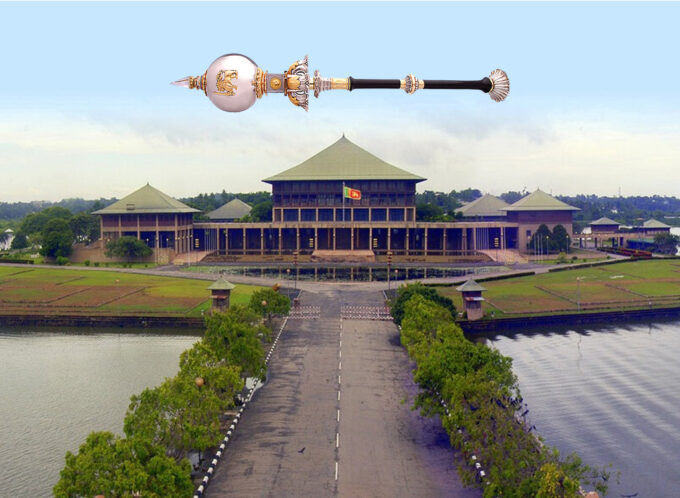The human-elephant conflict in Sri Lanka continues to escalate, with experts warning that current mitigation strategies are insufficient and that elephant deaths are rising at an alarming rate.
Professor Devaka Weerakoon, Head of the Department of Zoology and Environmental Sciences at the University of Colombo, pointed out that relevant authorities are yet to take proper steps to halt the worsening human-elephant conflict.
“Building electric fences alone is not a sustainable solution,” he said, calling for a more comprehensive national policy to address the crisis.
In the latest incident, the carcass of a 15-year-old elephant was found near the Maduru Oya reservoir.
Wildlife officers in Henanigala confirmed the elephant had been shot multiple times in the head.
According to official data, the majority of these deaths were due to human activities, including 326 deaths from shooting.
In the first eight months of 2025 alone, 240 elephants have perished, with at least 130 killed by humans.
Meanwhile, residents in several districts continue to bear the brunt of the conflict.
In the Kahatagasdigiliya Divisional Secretariat, elephants have ravaged farmland in Nekutunuwewa, Pahala Pattilawe, and Gangulawa.
In Polpithigama, a herd caused significant structural damage to a home in Hakwatunawa.
Villagers report that their repeated appeals to wildlife authorities have gone unanswered, and they continue to live in fear as elephants enter their communities nightly.
“We feel abandoned,” one resident said, adding that “every night is a risk to our lives.”











Leave a comment